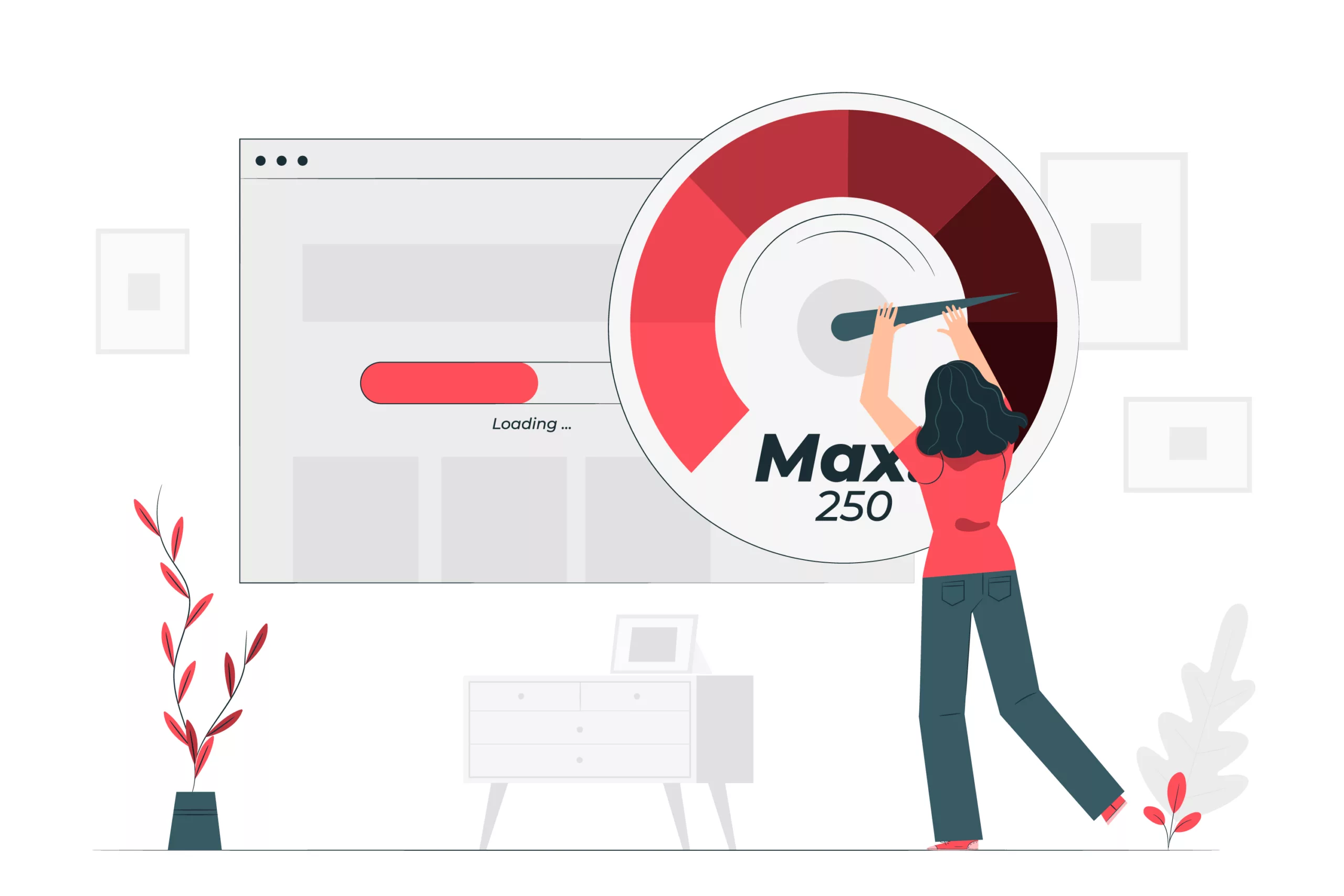In today’s digital landscape, page load speed is more than just a technical metric—it’s a critical factor influencing user behavior, search engine rankings, and ultimately, your business performance. A slow website frustrates users, increases bounce rates, and lowers conversion potential. As search engines like Google prioritize user experience, page load speed has become a decisive component of effective SEO.
Why Page Load Speed Matters
A delay of even a few seconds can drastically affect user engagement. Studies show that if a page takes longer than 3 seconds to load, over 40% of users will abandon the site. This behavior increases bounce rates and sends negative signals to search engines, impacting your visibility.
Key Points Covered
- How page load speed influences bounce rates
- The SEO implications of slow-loading pages
- Real-world case studies and statistics
- Actionable tips to enhance page performance
Understanding the Connection Between Page Load Speed and Bounce Rates
Bounce rate measures the percentage of visitors who leave a website after viewing only one page. When a site loads slowly:
- Users grow impatient and exit before the content appears
- Engagement drops, reducing session time and interaction
- Poor experiences discourage return visits
Real-world example: An e-commerce website noticed a 15% drop in bounce rate after reducing average load time from 5 seconds to under 2 seconds. This translated into a 20% increase in revenue.
The SEO Impact of Page Load Speed
Google has explicitly stated that page speed is a ranking factor—both on desktop and mobile. Here’s how it affects SEO:
- Slower sites lead to reduced crawl budgets
- Negative user signals (like bounce rate) lower relevance scores
- Page Experience update includes Core Web Vitals, emphasizing load performance
Key Statistics and Industry Insights
- Google reports that 53% of mobile users abandon sites that take more than 3 seconds to load
- Amazon found that a 100ms delay costs them 1% in sales
- Akamai discovered that every 1-second delay results in a 7% drop in conversions
Practical Strategies to Improve Page Load Speed
- Optimize images by compressing them without quality loss
- Minify CSS, JavaScript, and HTML code
- Implement lazy loading for off-screen assets
- Use a Content Delivery Network (CDN) to reduce server latency
- Enable browser caching and GZIP compression
- Choose fast, reliable hosting providers
- Monitor performance using tools like Google PageSpeed Insights and GTmetrix
Page Load Speed is a silent killer of engagement and SEO if ignored. In a world where users expect instant access and Google rewards speed, optimizing your site’s load time is not optional—it’s essential. By making simple, targeted changes, businesses can improve user satisfaction, decrease bounce rates, and enhance their search engine rankings.
